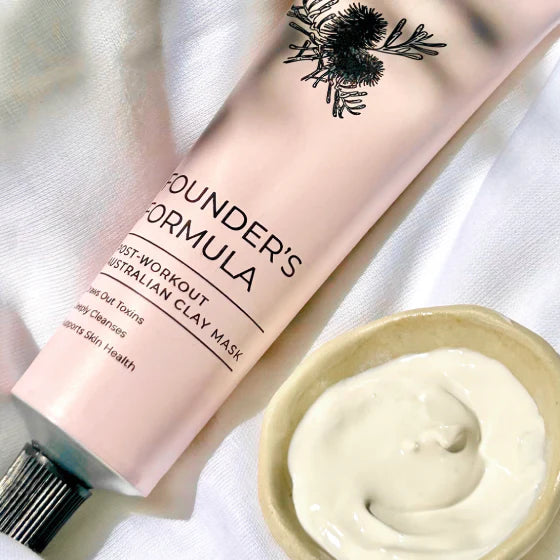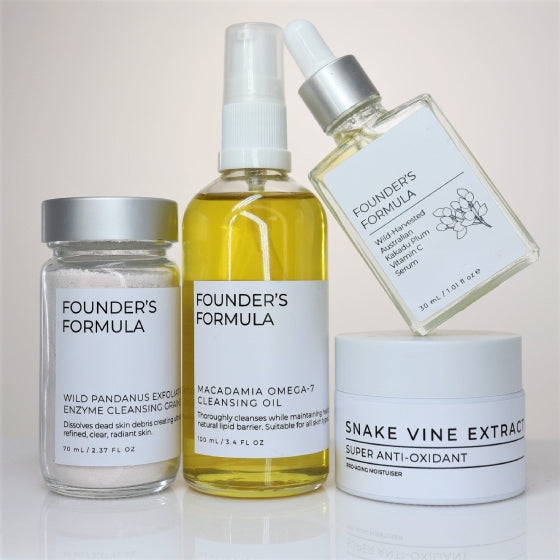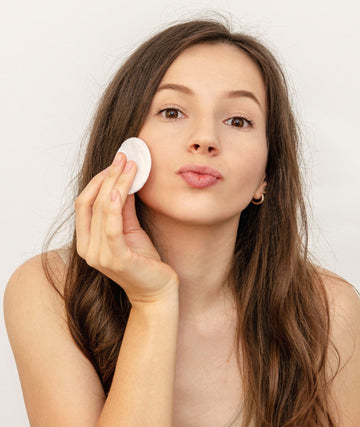L-ascorbic acid, the most active form of vitamin C, is a popular ingredient in skincare for good reason. It’s known for boosting skin brightness, helping even out tone, and supporting collagen for firmer-looking skin. But as effective as it is, it’s also pretty unstable. If it’s not stored the right way, it can lose its punch fast. That means the benefits you’re after might not reach your skin at all.
Skincare lovers often ask how to know if their vitamin C serum has gone off, or how to keep it fresh longer. These are important questions. Understanding how L-ascorbic acid behaves outside the bottle will help you get the most out of it. Whether you're new to serums or experienced with actives, knowing how to treat this ingredient right can make all the difference.
What Is L-Ascorbic Acid Serum?
L-ascorbic acid is a pure form of vitamin C that easily soaks into skin and starts working quickly. It targets early signs of ageing by helping the surface look smoother and more even, with a natural glow that shows up over time. On top of that, it supports your skin’s barrier and helps calm things down when you’re dealing with dryness or dullness.
One reason this ingredient stands out is how fast it works when it’s fresh. But that’s also why it needs to be looked after carefully. L-ascorbic acid isn’t as stable as other forms of vitamin C. The minute it's exposed to air, heat, or light, it can start to oxidise. That’s when it changes colour, loses its power, and might even start to irritate your skin.
In formulas that focus on natural support, L-ascorbic acid teams up well with native botanical ingredients. When blended with extracts like emu apple or mountain pepper, it can offer extra antioxidant protection and help shield the skin from daily stress. This combination makes it a strong choice for those looking for results without feeling like they’ve stripped their skin raw.
What Affects The Stability Of L-Ascorbic Acid?
To keep your serum working at its best, it helps to know what causes it to break down. Most of the time, it's not just one thing. A mix of exposure to the elements and storage habits make the biggest difference. And unlike some skincare that stays shelf-stable for years, L-ascorbic acid needs a bit more attention.
Here are the main factors that affect how long your serum lasts:
- Light: Direct sunlight or strong indoor light can cause oxidation. That’s why most vitamin C products come in dark or opaque bottles
- Air: Every time you open the bottle, air gets in. Oxygen causes vitamin C to degrade, especially if the packaging isn’t airtight
- Heat: Leaving the serum in a bathroom that's warm and steamy, or near a window, shortens its life. High temperatures speed up chemical breakdown
- Water contamination: Dipping fingers or letting water into the dropper can change the product’s structure and lead to early spoilage
If you’ve ever noticed your serum turning from clear or pale yellow to orange or brown, that’s a sign it’s already oxidised. It might still be safe to use, but it probably won’t give you the results you expected. Storing it properly from the start helps prevent this and makes sure each drop counts.
Proper Storage Techniques For Maximising Longevity
Once you’ve opened a fresh bottle of L-ascorbic acid serum, the clock starts ticking. But there’s good news: the way you store it really matters. Keeping it in low-light, cool conditions can help it stay active for longer, so every drop does more of what your skin needs.
Here are a few tips to keep your serum working at its best:
- Store it in the fridge. Not the freezer. The regular fridge door is fine and helps slow oxidation
- Keep the cap tightly closed. Air sneaks in fast if the lid’s loose, and oxygen breaks down vitamin C quickly
- Use the dropper responsibly. Don’t touch it to your fingers or face. That can introduce oil and bacteria
- Avoid the bathroom shelf. Steam and warmth from showers can change the formula faster than you’d think
- Stick with dark, amber, or opaque packaging. If your bottle is clear, wrap it in foil or keep it inside a cupboard
Think of it like keeping lemons fresh. Leave them out in the sun or next to the oven, and they’ll spoil early. But store them in the right conditions, and they’ll hold their punch much longer.
Signs Of Serum Degradation
Even when you’ve done all the right things, it helps to know how to spot when a product’s gone past its prime. L-ascorbic acid is pretty straightforward when it starts to break down. It tells you by how it looks, smells, and feels on your skin.
Here’s what to watch out for:
- Colour change: It usually starts clear, pale, or light yellow. If it turns orange, brown, or murky, it’s a red flag
- Weird smell: A sharp scent or oily, metallic smell means the formula might be off
- Texture shifts: If it becomes sticky, watery, or thickens too much, it may not apply evenly or absorb well
One example is when a serum that used to glide on easily starts to feel tacky or tight after application. That’s a hint the formula’s changed and may not offer the same results as before.
When you see these changes, it’s safer to stop using the product. Even if irritation doesn’t happen right away, degraded ingredients probably won’t do much good, and they might actually cause flare-ups in sensitive skin.
Maintaining Effective Skincare With L-Ascorbic Acid
L-ascorbic acid can be a standout ingredient in your routine if used with care. To keep it working without messing with your skin’s balance, it helps to build a routine around protection and support rather than piling on too much at once.
Stick with these simple pointers as you go:
- Use it in the morning on clean, dry skin
- Follow with a hydrating serum and moisturiser
- Finish with broad-spectrum sunscreen
- Alternate with non-active days if your skin starts to feel tight or irritated
Botanical ingredients like emu apple, snowflower, and Tasmanian blue gum make good companions for vitamin C. These support hydration and offer extra antioxidant coverage without overwhelming the skin. They build a calm, bright surface over time when used alongside or around active ingredients.
If your skin’s new to L-ascorbic acid or you’re coming back after a break, go easy. Start with every third day for the first week, then shift to every other day as your skin settles in. Routine and recovery go hand in hand here.
Keeping Your Skincare Effective
To get the most out of your serum, treat it like something that needs care, not just a quick swipe before bed. The small habit of keeping your bottle cool and dry, using it with clean hands, and paying attention to signs of degradation can go a long way.
It’s also about knowing what your skin needs and when. If your goal is to fade dark spots, brighten tone, or just support your skin through changing weather, L-ascorbic acid can help. But it has to be fresh to work. Stay consistent with your use, stick to gentle support systems like hydrating layers and antioxidants, and take the time to see how your skin responds. That’s where the real results come from.
To keep your skin glowing and healthy, use products that maintain their potency and deliver real results. Learn how a high-quality L-ascorbic acid serum can brighten your complexion and support collagen naturally. Explore the range at Founder's Formula and experience the difference botanical skincare can make.








